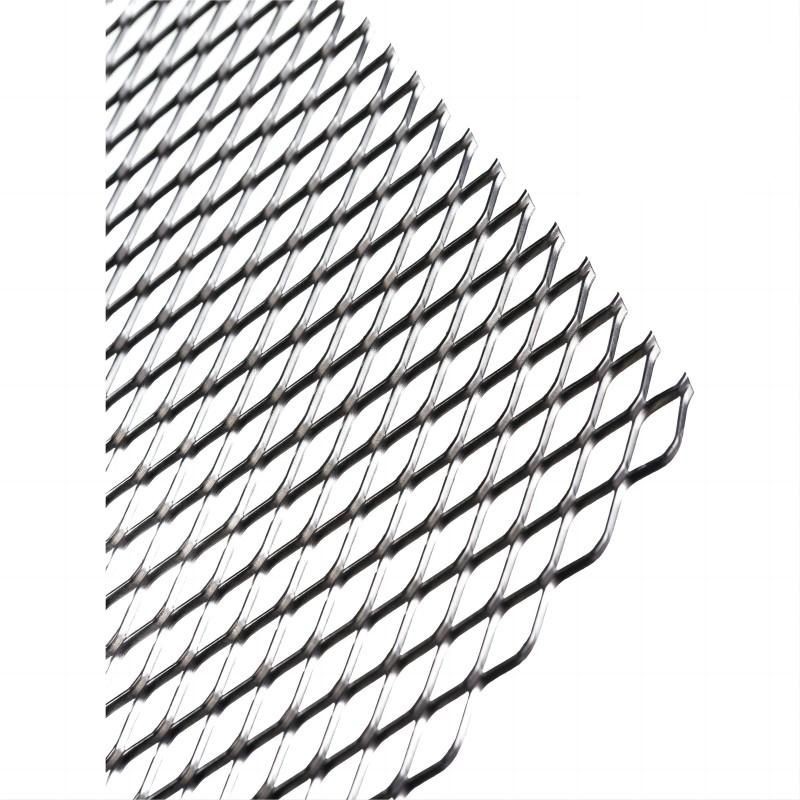What is welded wire mesh?
2024-07-04
Welded wire mesh, also known as welded wire fabric or welded wire reinforcement, is a grid formed by welding together steel wires at their intersections. This type of mesh is widely used in various applications due to its strength, durability, and versatility. Here’s a detailed look at welded wire mesh:

Composition and Manufacturing
1. Material:
- Typically made from low-carbon steel wire, stainless steel wire, or sometimes galvanized steel to enhance corrosion resistance.
2. Manufacturing Process:
- The wires are arranged in perpendicular (grid) patterns.
- They are then welded together at each intersection using electrical resistance welding, which ensures a strong and durable connection.
Types of Welded Wire Mesh
1. Based on Wire Diameter and Mesh Size:
- Lightweight Mesh: Used for lighter applications like fencing and cages.
- Heavyweight Mesh: Used for more robust applications like concrete reinforcement.
2. Based on Coating:
- Uncoated (Plain Steel): Generally used where corrosion is not a concern or where the mesh will be coated or painted after installation.
- Galvanized: Coated with zinc to resist rust and corrosion, suitable for outdoor and humid environments.
- PVC-Coated: Covered with a layer of PVC for additional protection and aesthetic appeal.
Applications
1. Construction:
- Concrete Reinforcement: Used in slabs, walls, and foundations to provide additional structural strength and prevent cracking.
- Precast Concrete Products: Integrated into precast panels and structures to reinforce the concrete.
2. Fencing and Barriers:
- Residential and Commercial Fencing: Provides a secure boundary around properties.
- Security Barriers: Used in prisons, military facilities, and other high-security areas.
3. Industrial and Agricultural Uses:
- Animal Enclosures and Cages: Used for building durable cages for animals and birds.
- Gabion Baskets: Filled with stones and used for erosion control and retaining walls.
4. Infrastructure:
- Road and Pavement Construction: Reinforces concrete pavements and roadways.
- Bridges and Tunnels: Provides structural support in infrastructure projects.
5. Decorative and Architectural Uses:
- Architectural Panels: Used in modern architecture for decorative facades and partitions.
- Garden and Landscaping: Creates plant supports, trellises, and garden fences.
Advantages
1. Strength and Durability:
- The welded joints ensure a strong, stable, and durable structure that can withstand significant loads and stresses.
2. Uniformity:
- Consistent spacing and size of the mesh provide uniform support and appearance.
3. Ease of Installation:
- Pre-fabricated panels are easy to handle and install, reducing labor costs and time.
4. Versatility:
- Available in various sizes, thicknesses, and materials to suit different applications.
5. Corrosion Resistance:
- When galvanized or PVC-coated, welded wire mesh offers excellent resistance to rust and corrosion, making it suitable for outdoor use.
Disadvantages
1. Initial Cost:
- The cost can be higher compared to other types of reinforcement or fencing materials, especially for coated varieties.
2. Weight:
- Heavier mesh can be cumbersome to transport and handle.
3. Limited Flexibility:
- The rigidity of welded wire mesh makes it less suitable for applications requiring flexibility or contouring to irregular shapes.
In summary, welded wire mesh is a highly versatile and robust material used in a wide range of industries and applications. Its strength, durability, and ease of installation make it a preferred choice for construction, fencing, and many other uses.


